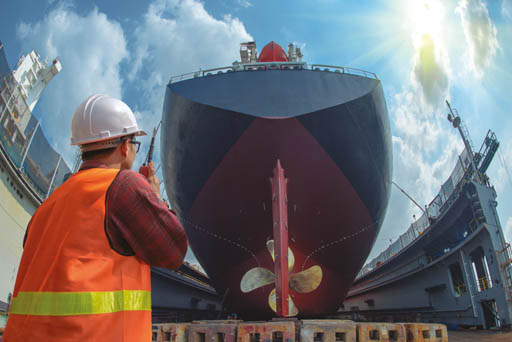Systems for maritime education, training and certification of seafarers
A large number of foreign seafarers (holding certificates issued outside the European Union) work on board EU flagged vessels. Their numbers are increasing and they are also taking over more and more senior officer functions. For safety reasons in particular, it is important to know whether their qualifications meet the minimum international required standards, as laid down by the STCW Convention.
In the past, individual EU Member States and the Commission visited labour supplying third countries to assess the maritime education and certification systems based upon the international STCW standards. On the basis of Directive 2008/106/EC on the minimum level of training of seafarers this task has been re-assigned to the Commission assisted by the Agency. On the basis of the EU legislation, the same approach is followed as regards the Member States. Hence the Agency conducts visits to collect information on the implementation of the relevant provisions.
There are currently around 50 countries, not including the 27 EU Member States, to be covered under this regime and they have to be inspected over a five year rolling inspection cycle. Initially, inspections focussed on third countries, but as in 2008 and 2009, visits to EU Member States will also feature in 2010. Each visit to a third country or a Member State includes visits to different parts of the Maritime administration involved in the implementation of the STCW Convention as well as Maritime Education and Training (MET) institutions (maritime universities, nautical schools and training centres). Such visits are in depth and comprehensive.



